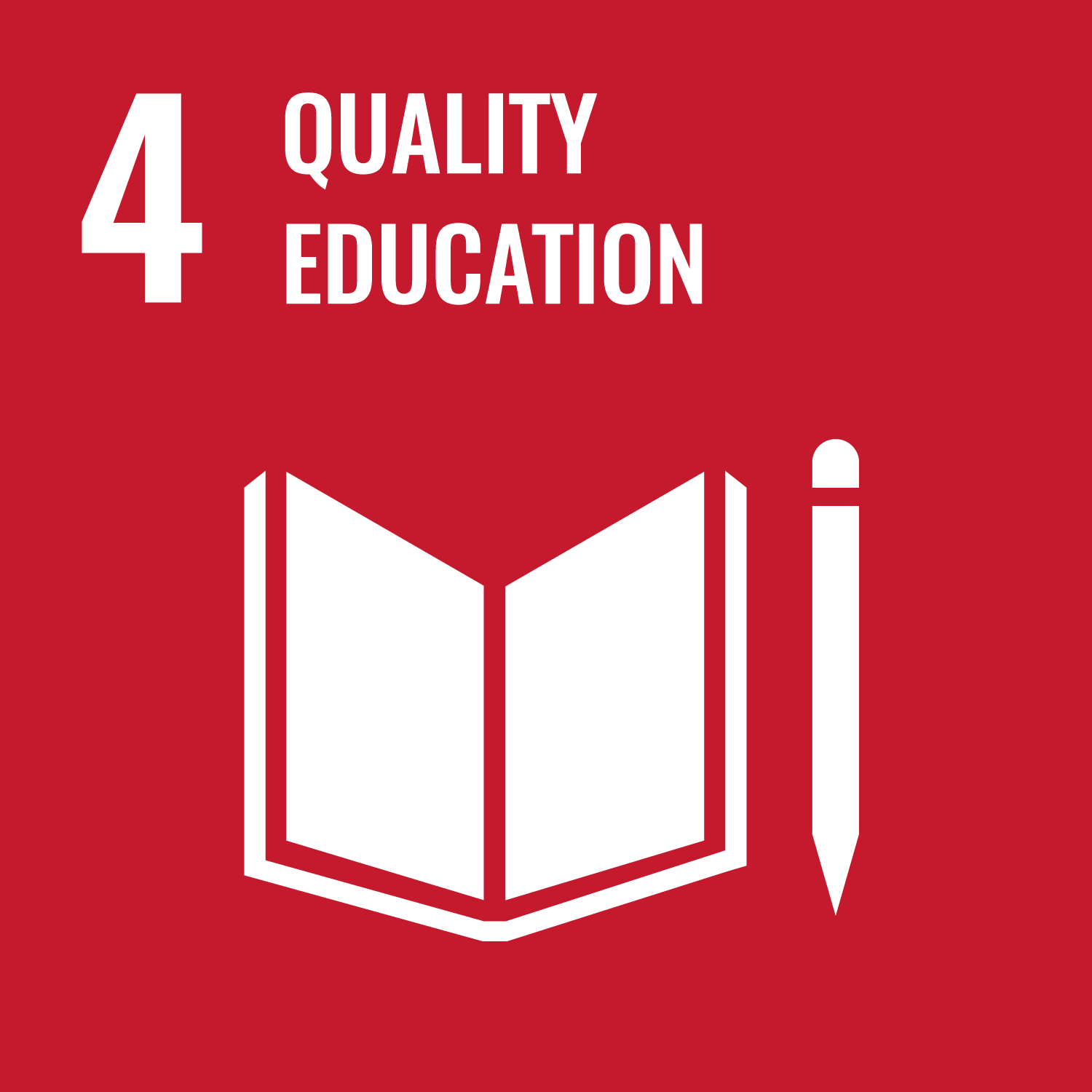Epigraphers and Encoders: Strategies for Teaching and Learning Digital Epigraphy
This chapter will discuss the EpiDoc (TEI markup for epigraphy and papyrology) training workshops that have been run by colleagues from King’s College London and elsewhere for the past decade. We shall explore some of the evolving approaches used and strategies taken in the teaching of digital encoding to an audience largely of classicists and historians. Prominent among the assertions of EpiDoc training is that “encoding” is not alien to, in fact is directly analogous to, what philologists do when creating a formal, structured, arbitrarily expressed edition. We shall share some of the open teaching materials that have been made available, and consider paedagogical lessons learned in the light of EpiDoc practitioners who have progressed from training to running their own projects, as opposed to those who have learned EpiDoc directly from the published Guidelines or via the TEI (cf. Dee, q.v.). We shall also compare the teaching of EpiDoc to the teaching of epigraphy to students, and ask what the paedagogical approaches of both practices (which overlap, since many epigraphic modules now include a digital component, and very rarely teachers of epigraphy are treating EpiDoc as the native format for editing inscriptions) can offer to teachers and learners of both traditional and digital epigraphy.
| Item Type | Book Section |
|---|---|
| Keywords | Digital Classics, Epigraphy, Text Encoding Initiative, Pedagogy, Teaching, Digital Humanities, Open Philology |
| Subjects | Classics |
| Divisions | Institute of Classical Studies |
| Date Deposited | 04 Jul 2016 11:46 |
| Last Modified | 06 Aug 2024 05:00 |











